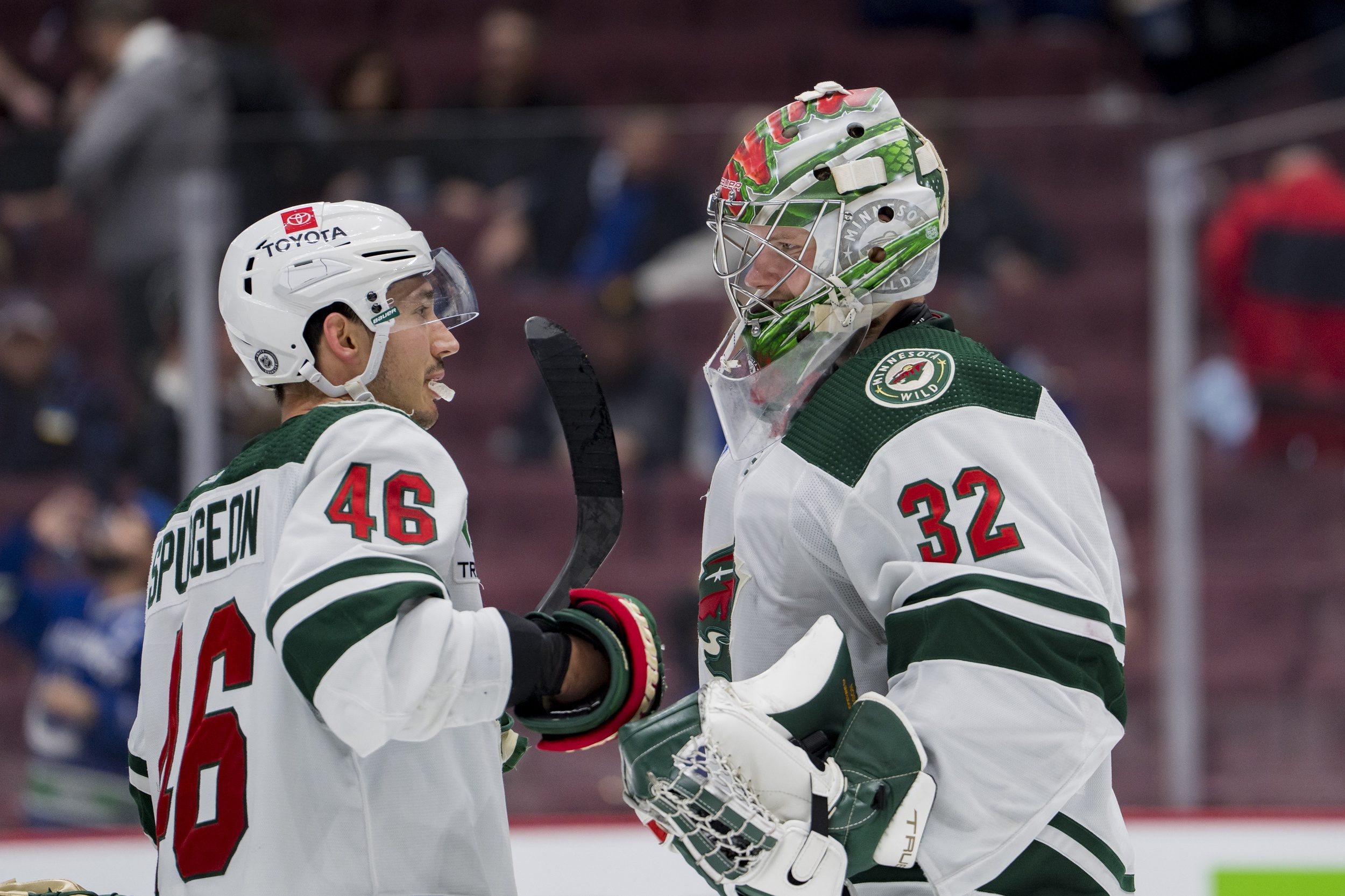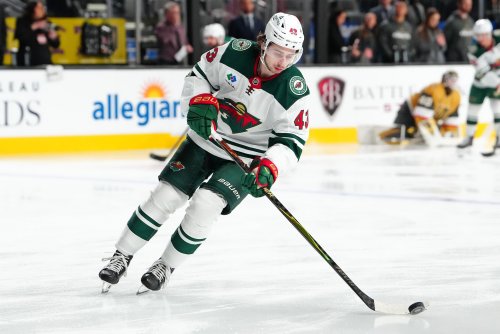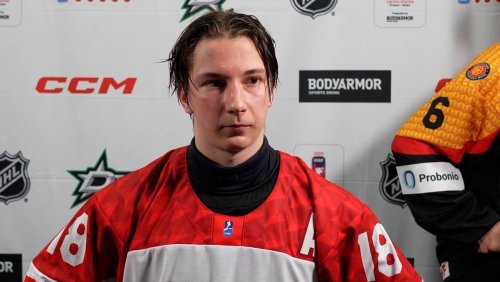
The Minnesota Wild sit at 54 points through 44 games. That’s good for third in the Central Division, but this team looks vastly different than last year’s version. In 2021-22, the Wild seemed to have finally bucked their long-time “boring” tag. They were scoring in bunches, even if it meant sacrificing their defense and mounting large comebacks weekly. It was the firewagon-type hockey Minnesota fans had not grown accustomed to during the franchise’s two decades of existence.
Yet, it didn’t seem to last very long. The Wild look different this year. The offense is back to around league average, and they seem more content to go into a defensive shell to win games. At least, that’s what it seems like from a bird’s eye view. The Minnesota Wild are back to being a middling team on offense that clamps down into boring hockey when needed.
Hold on. Not so fast. The stats aren’t necessarily matching up with the eye test, and there are two key factors contributing to that. Better yet, both were talked about at length over the off-season and into the preseason. The Wild aren’t playing all that differently from last year – they just aren’t scoring at historic rates, and their goaltending has been much improved. Simple as that.
Much was made about the number of players on the Wild posting career shooting percentage seasons last year, and that regression was likely. Ryan Hartman’s career-high 34 goals came from a career-high 14.2% shooting percentage. This year is still down to 8.8%, much more in line with his career average. However, he's been injured for a large chunk of the season. Marcus Foligno was another key candidate. He had experienced an abnormally high shooting percentage for two straight seasons. However, he has seen it plummet from 23.5% last year to 8.3% this year.
As a team, the Wild are down 1.98% shooting from last year. That’s the biggest year-over-year drop in the entire NHL, over a full half a percentage point below the second-worst team, the St. Louis Blues.
Combine those regressions with Kevin Fiala’s departure (two things not mutually exclusive from each other), and those big brains were absolutely right. The lack of finishing ability is the biggest difference in offensive production from last year to this year.
The reason it's important to note is that the Wild’s ability to create offense isn’t all that far off from last year when their expected goals for (xGF) was at 53.5%, good for 7th in the NHL. This year, they are only down a few percentage points, recording an xGF of 51.3%. So, while the offense seems to be considerably less dangerous than last season, they are still generating a higher rate of scoring chances than their opponents.
As for actual goals, the Wild were third in the league with a 58% goals-for percentage last year. This year, they are only controlling 52% of the goals scored on the ice. While their expected goals have only decreased a small amount, the decrease in actual goals scored is the real difference in this year’s version of the team.
The offense looks the same; they just also simply aren’t finishing nearly. We’ve established that. But what about the defense? It surely seems that they are clamping down when holding leads and are not afraid to win the “dirty” games.
However, the defense really isn’t all that much better. Last year they allowed 3.0 goals against per game. This year it’s barely dropped to 2.8 GA/G. Sure, an improved penalty kill contributes to that, but an even more obvious explanation is their goaltending is much improved this year.
Through 44 games, Filip Gustavsson and Marc-Andre Fleury have combined to record a +5.52 xGSA. At this same point last season, Cam Talbot and Kaapo Kahkonen allowed a combined -5.61 xGSA. Simply put, through 44 games, this year’s duo is saving +0.25 expected goals against per game compared to last year. That more than makes up the difference in the team allowing 0.2 goals less per game this year.
But wait, there’s more. It might look like the Wild are playing more of a boring defensive style this season. That’s only partly true; they are defending more leads late in games than they did last year.
What makes hockey fun? Scoring. And where does the majority of scoring come from? High-danger scoring chances (HDC). It’s why teams track them so diligently. If you allow 30 shots on your own net, yet the vast majority were from outside the high-danger areas of the ice, who cares? But if you allow half those shots from those areas, then I don’t care who your goaltender is, you will have problems.
So the Wild look bland and more defensive this season? The HDSC chart disagrees. Last year, the Wild allowed 7.4 HDCA per game. Their ability to limit opposing teams to shoot from the most dangerous areas on the ice was 2nd best in the NHL. This year, they are tops in the NHL at 7.6 HDCA per game. Better than five-on-five powerhouses like the Boston Bruins and Carolina Hurricanes.
The difference? Last year, Minnesota’s goaltenders had only an 80.6 SV% on such chances. This year they are stopping 83.64% of them. That 3% increase equates to a little over 20 actual fewer goals over the course of the season. This year’s defense is similar to the one we saw last season; it’s simply just better goaltending you are witnessing.
It’s crazy how two factors into a team’s success, or detriment, can make such a huge difference. Yet, it’s what we are witnessing in real time. The good news is the analytics bear out in the one-ice product. The improved goaltending gives the perception the defense is better equipped for a playoff push. And it’s easy to see a trade deadline acquisition for a forward with finishing ability could re-ignite the offensive production.
Even hockey nerds can make things simple sometimes.
All statistics via Evolving Hockey and Natural Stat Trick.
Think you could write a story like this? Hockey Wilderness wants you to develop your voice, find an audience, and we'll pay you to do it. Just fill out this form.







Recommended Comments
There are no comments to display.
Join the conversation
You can post now and register later. If you have an account, sign in now to post with your account.
Note: Your post will require moderator approval before it will be visible.